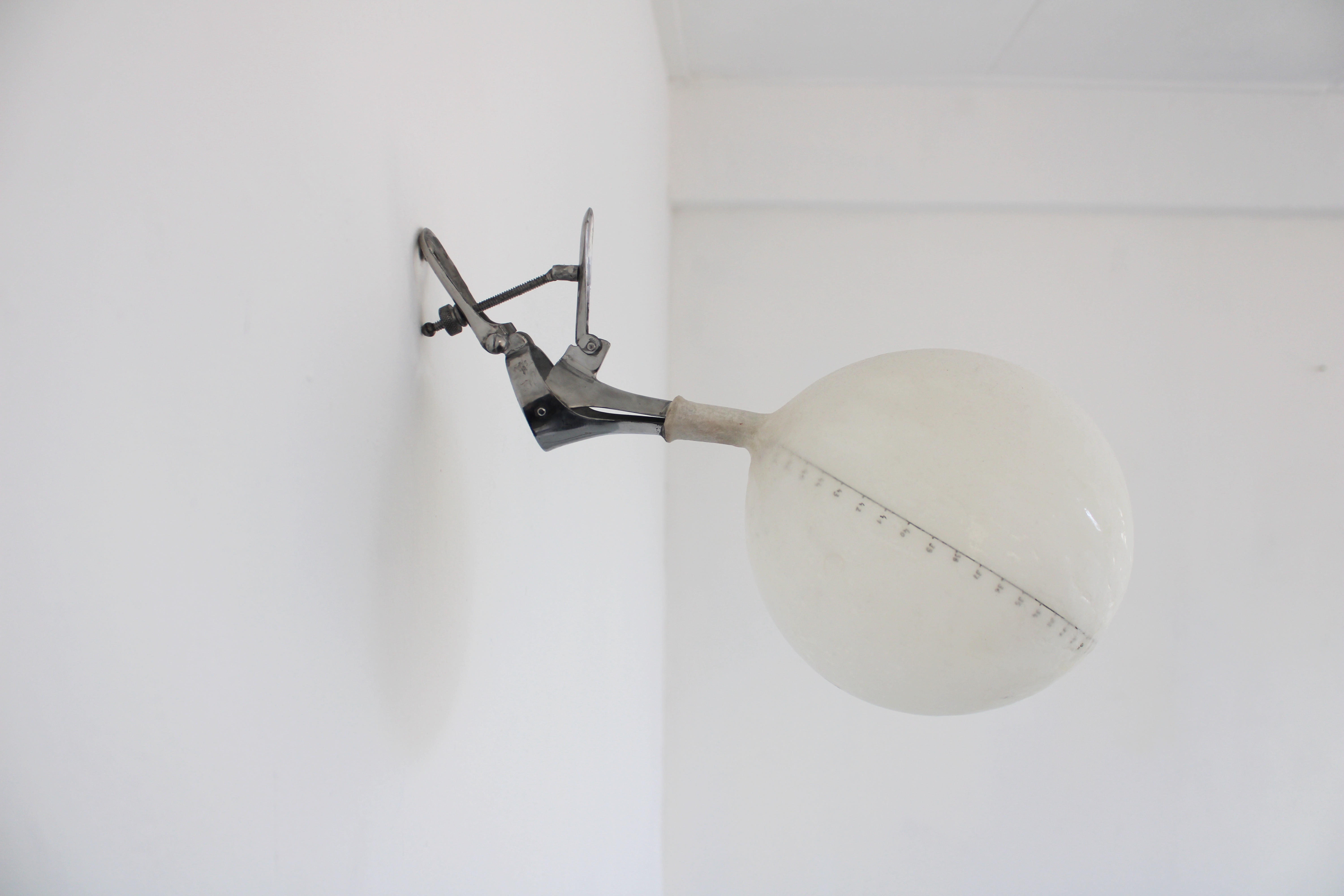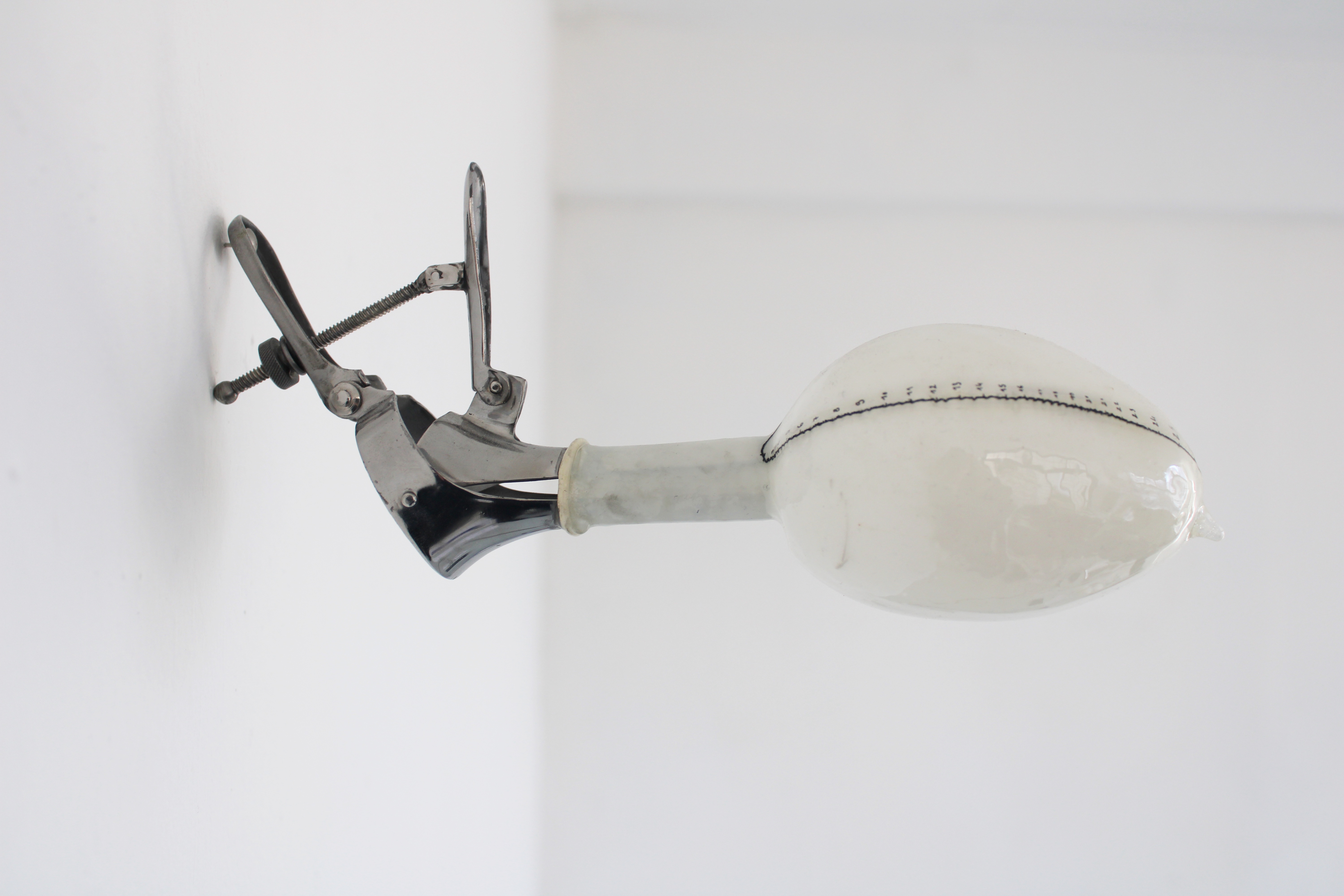Modelling for art academies provided me with another approach to the volume I occupied. Sitting still for hours, I contemplated my surroundings, and the limits between myself and the ambient air disappeared. I breathed in and out; I filled the room as it filled me. I envisioned my volume, suspended in space, as an aerial body. I wondered how it related to each of my respiratory volumes.
Studies in motionlessness (ed.2/10), 2021, 27 photographs and fineliner on paper, as a model-made supplement to Eadweard Muybridge’s ‘The human figure in motion’
This led me to design a scaled hoop in which I could blow a balloon up to the volume I had established as mine. As the balloon reached the hoop’s outlines, I knew it to be precisely as big as me, but subjectively, it felt much smaller. Following this method, 27 exhales sufficed to scale a life-size self-portrait.
At last, I placed my twenty-seven breaths in the context where they belonged: the studio I felt one with. Here is the ecstasy I had imagined - rightly scaled:





